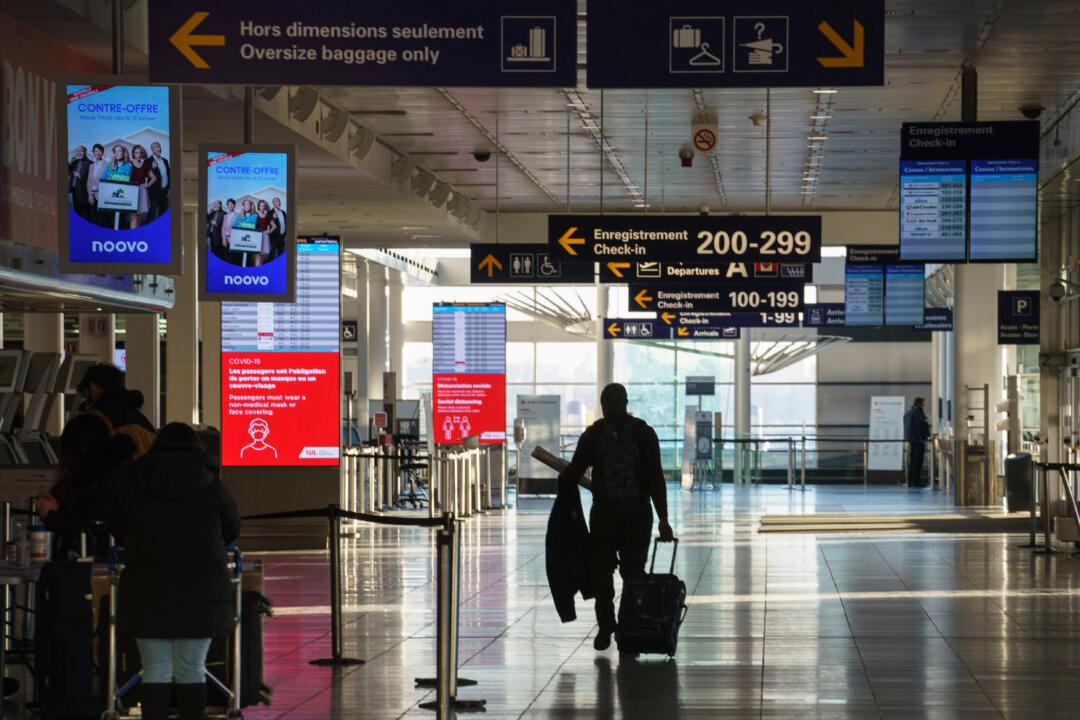New data revealed that at least 1,300 flights that came in and out of Canada since September may have had the CCP virus on board.
This includes 200 flights in the past two weeks, five of which arrived from the UK where a new mutation of the CCP (Chinese Communist Party) coronavirus has recently been discovered.





